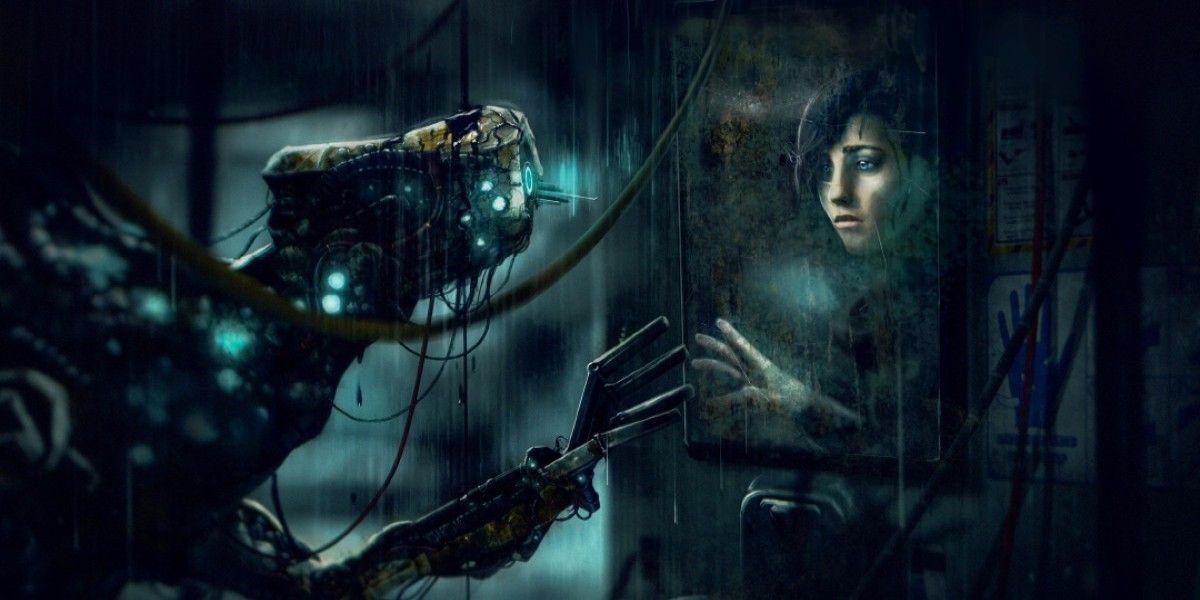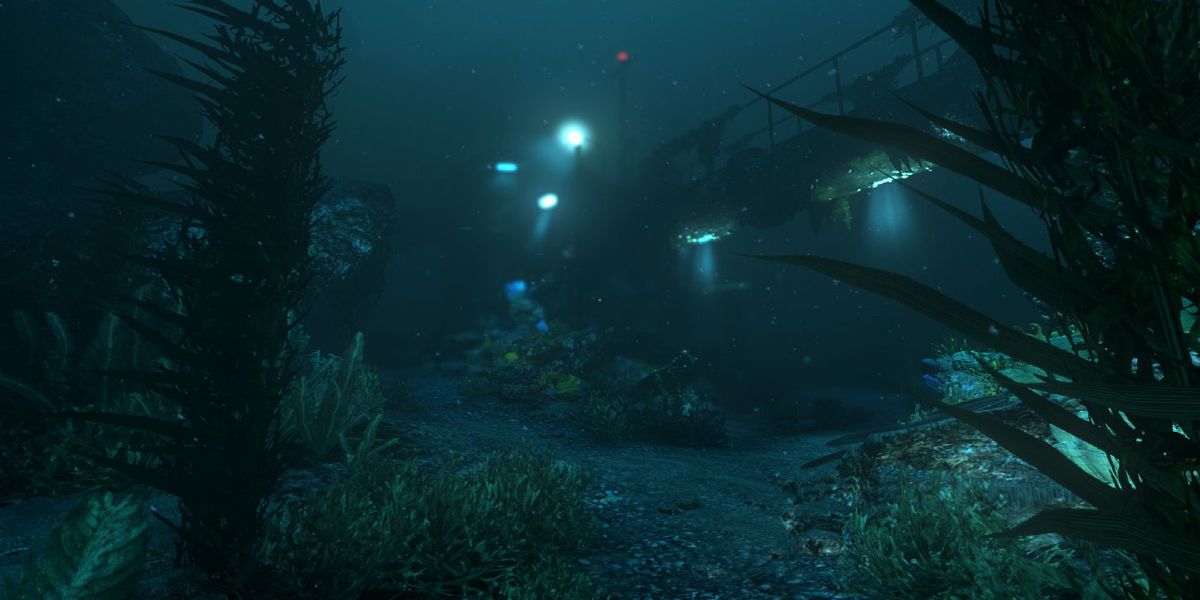With a recently released Amnesia installment, Amnesia: Rebirth, on the market, horror fans shouldn't forget about Frictional Game's previous title SOMA. Despite praise for its thought-provoking story and impressive voice acting, the indie title struggled to gain recognition. With IGN calling it an "ambitious work of science fiction," SOMA is a survival horror game to reconsider. Not to mention, it's terrifying, isolating atmosphere makes it ideal for some Halloween gaming.
SOMA was released by Swedish developer Frictional Games in 2015. In it, protagonist Simon Jarrett wakes up on a mysterious research station submerged at the bottom of the ocean. But something isn't right; there are discarded broken robots and strange biomechanical growths spurting from the walls. What's more disturbing is the robots seem to think they're human and beg to be unplugged and put out of their misery. From there, it's up to players to explore the research station, solve puzzles and avoid the unnatural enemies that roam the many dark rooms and halls.
Much like Amnesia, enemies cannot be defeated and instead must be dealt with strategically. Players need to hide and choose the right time to run. Like in the Resident Evil series, parts of the story are pieced together through discarded notes and environmental clues. The puzzle-solving aspects and enemy encounters are not overly memorable and often times annoying, but what SOMA excels at is uncertainty. The story is filled with unreliable narrators and robots with complicated identities. With no clear answers, feelings of isolation emerge.
Some of the same elements that make SOMA frustrating also invoke terror. With no objective markers or hints, players are forced to explore the underwater research station's dark hallways with the anticipation of running into something bad not far from their minds. Being trapped beneath the ocean creates an oppressive atmosphere that facilitates a feeling of growing dread. When will it happen? What will happen?
Unlike Amnesia's often tedious cat-and-mouse style gameplay, SOMA provides steady progression. Horror games can lose their creepiness factor when players die and have to restart the same sequence multiple times, learning where the scares are, reducing the suspense and carrying their frustration into later sections of the game. SOMA's challenge level is just right. The game wants players to stay alive, barely making it out of a situation with their heart pounding.
If players are attacked, they're offered another go. They are knocked out, waking up a few seconds later with a limp and a blurry screen. Another hit means game over, but this "second chance" mechanism helps keep players in the moment. There is more at stake, which is all the more terrifying.
SOMA's bread and butter is its plot. The story is thought-provoking, and the overall theme is quite clear from the get go -- what does it mean to be human? Whether players want to think about that or not, SOMA pushes the message from the opening sequence when Simon uncovers the twitching robot heap. Players are left pondering this question on the research station, scared, confused and alone. It is sci-fi horror at its best. Overall, the story relies on suspense rather than an abundance of cheap jump scare tactics. The real terror in SOMA is psychological, and that cerebral-type horror sticks with players long after they've finished the game.


